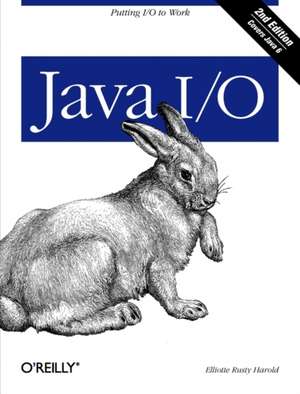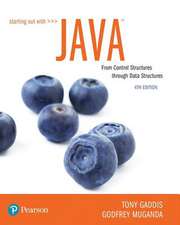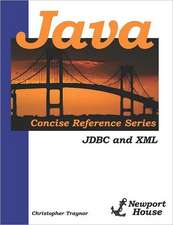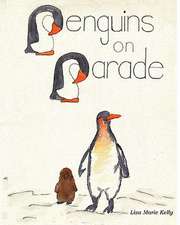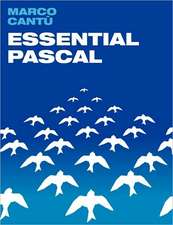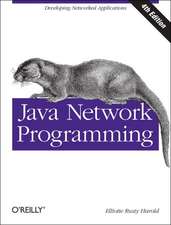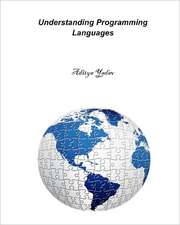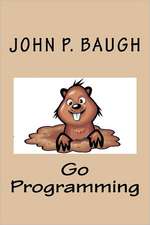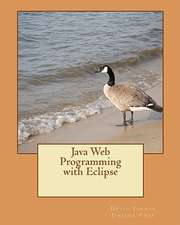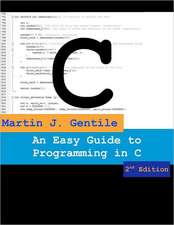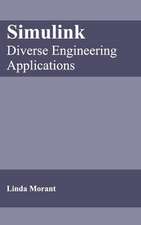Java I/O 2e: Java Ser.
Autor Elliotte Harolden Limba Engleză Paperback – 22 mai 2006
A discussion of I/O wouldn't be complete without treatment of character sets and formatting. Java supports the Unicode standard, which provides definitions for the character sets of most written languages. Consequently, Java is the first programming language that lets you do I/O in virtually any language. Java also provides a sophisticated model for formatting textual and numeric data. Java I/O, 2nd Edition shows you how to control number formatting, use characters aside from the standard (but outdated) ASCII character set, and get a head start on writing truly multilingual software.
Java I/O, 2nd Edition includes:
- Coverage of all I/O classes and related classes
- In-depth coverage of Java's number formatting facilities and its support for international character sets
Preț: 353.91 lei
Preț vechi: 442.39 lei
-20% Nou
Puncte Express: 531
Preț estimativ în valută:
62.62€ • 73.61$ • 54.84£
62.62€ • 73.61$ • 54.84£
Carte tipărită la comandă
Livrare economică 28 ianuarie-11 februarie 26
Preluare comenzi: 021 569.72.76
